filter
-
Brand
- By Category
- Direction
- Date Range
63Events
Pictures
Events
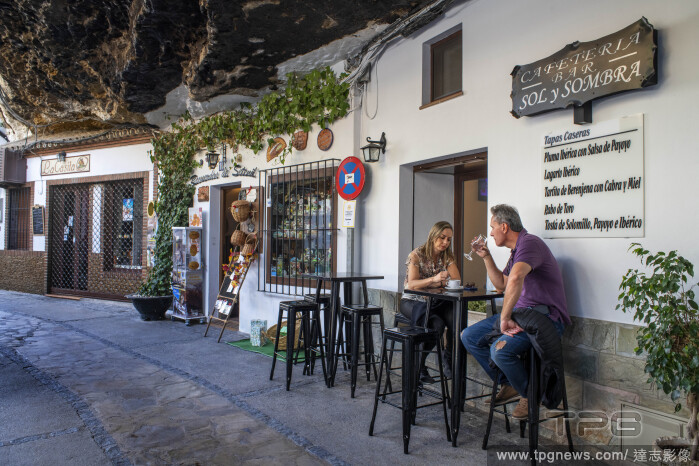
Editorial Andalusia
- 2024-04-18
- 5
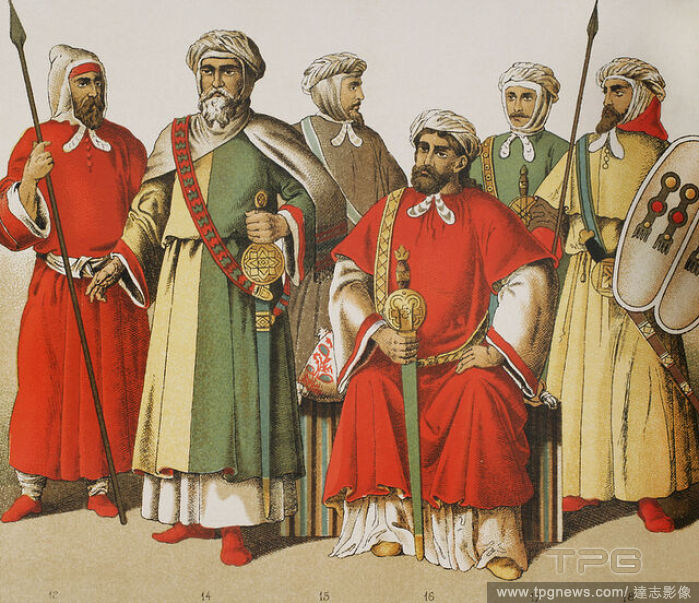
Editorial Andalusia
- 2024-03-08
- 1
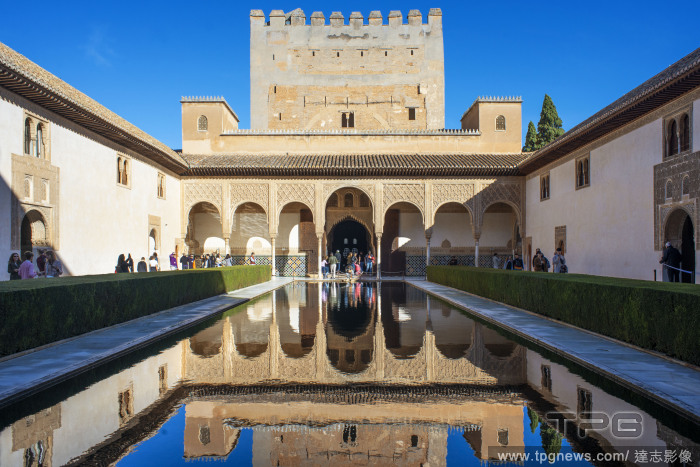
Editorial Spain: Andalusia
- 2024-02-25
- 1

Editorial Spain: Andalusia
- 2023-06-16
- 1
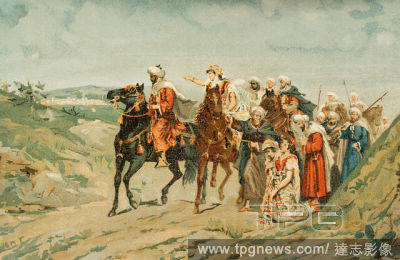
Editorial Spain: Andalusia
- 2023-06-16
- 1

Editorial Legend of the Moor's Last Sigh. After the conquest of the Nasrid Kingdom of Granada, the Muslim king Boabdil and his entourage were exiled from the city in 1492. On his way to his exile, the king looked at Granada for the last time, sighing and weeping...
- 2022-12-24
- 1
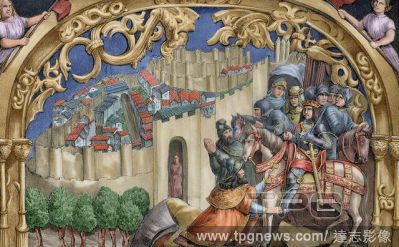
Editorial Boabdil (1460-1527), the last Nasrid ruler of Granada, gives the keys of the city to the Catholic Kings. Lithograph by J. Parra Bachiller reproducing a scene from the choir stalls of the Cathedral of Toledo. Colored.
- 2022-12-24
- 1

Editorial Boabdil (1460-1527), the last Nasrid ruler of Granada, gives the keys of the city to the Catholic Kings. Lithograph by J. Parra Bachiller reproducing a scene from the choir stalls of the Cathedral of Toledo.
- 2022-12-24
- 1

Editorial Balcony in the Nasrid Palaces, Alhambra, Granada. Andalusia, Spain.
- 2022-07-22
- 1
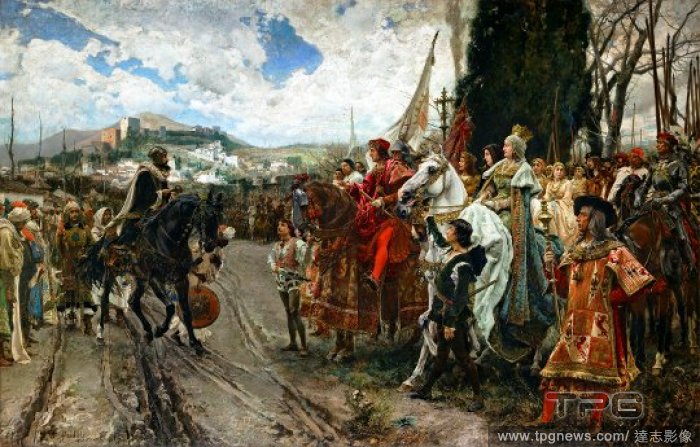
Editorial Spain / Maghreb: 'The Capitulation of Granada'. Oil on canvas painting by Francisco Pradilla Ortiz (1848-1921), 1882
- 2022-04-22
- 1
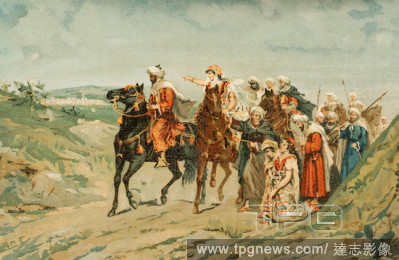
Editorial Legend of the Moor's Last Sigh. After the conquest of the Nasrid Kingdom of Granada, the Muslim king Boabdil and his entourage were exiled from the city in 1492. On his way to his exile, the king looked at Granada for the last time, sighing and weeping...
- 2021-10-09
- 1
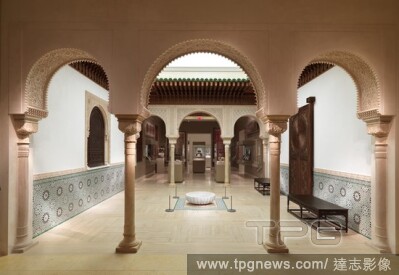
Editorial COLUMN.
- 2021-06-04
- 1

Editorial Textile Fragment.
- 2021-06-04
- 1
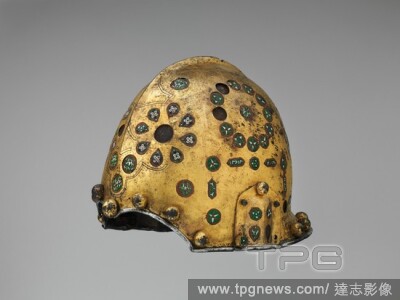
Editorial Helmet (Sallet).
- 2021-04-07
- 1
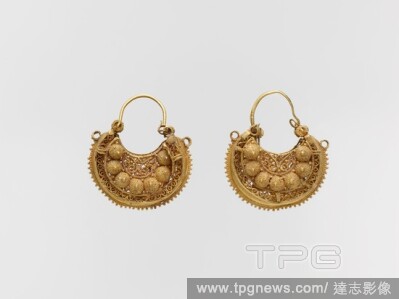
Editorial Pair of Earrings.
- 2021-04-07
- 1

Editorial Granada, Andalusia, Spain. The Corral del Carbon (Corral of Coal). Courtyard. It is one of the most important buildings preserved from Granada's Nasrid period. It has had many uses throughout the history. The Corral del Carbon was built in the 16th cen...
- 2020-12-01
- 1
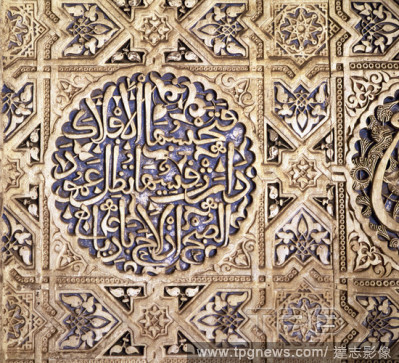
Editorial Islamic Art. Spain. 14th century. Nasrid era. The Alhambra. Plastering stucco decoration that adorns the Hall of the Two Sisters with inscriptions on the Quran and verses of Ibn Zamrak and other Arab poets. Granada. Andalusia.
- 2020-11-30
- 1

Editorial The Alhambra. 14th Century. Nasrid period. Mexuar. Initiated by Abu-LWalid Isma'il and rebuilt by Yusuf I and Mohammad V, between 1333 and 1391. Granada. Andalusia. Spain.
- 2020-11-26
- 1

Editorial Spain, Andalusia, Granada. The Alhambra. Palace and fortress rebuilt in the13th century. Emirate of Granada. Nasrid dynasty. The Tower of the Judge (Torre del Cad?) used to be called the Prisoner's Tower (Torre del Preso) during the 16th century and th...
- 2020-11-26
- 1
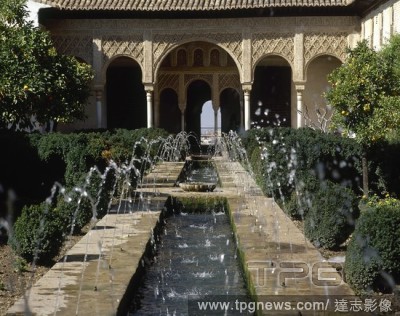
Editorial Islamic architecture. Nasrid era. Palace of the Generalife. Summer residence of the Nasrid monarchs. Patio de la Acequia, with its gardens and fountains. Granada. Andalusia. Spain.
- 2020-09-11
- 1
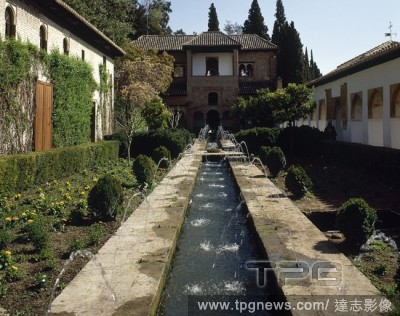
Editorial Islamic architecture. Nasrid era. Palace of the Generalife. Summer residence of the Nasrid monarchs. Patio de la Acequia, with its gardens and fountain1st centuryn the background, the Ismail Tower. Granada. Andalusia. Spain.
- 2020-09-11
- 2

Editorial Granada, Andalusia, Spain. The Corral del Carbon (Corral of Coal). Courtyard. It is one of the most important buildings preserved from Granada's Nasrid period. It has had many uses throughout the history. The Corral del Carbon was built in the 16th cen...
- 2020-09-11
- 2
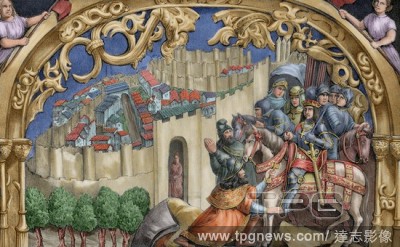
Editorial Boabdil (1460-1527), the last Nasrid ruler of Granada, gives the keys of the city to the Catholic Kings. Lithograph by J. Parra Bachiller reproducing a scene from the choir stalls of the Cathedral of Toledo. Colored.
- 2020-09-11
- 1

Editorial Boabdil (1460-1527), the last Nasrid ruler of Granada, gives the keys of the city to the Catholic Kings. Lithograph by J. Parra Bachiller reproducing a scene from the choir stalls of the Cathedral of Toledo.
- 2020-09-11
- 1
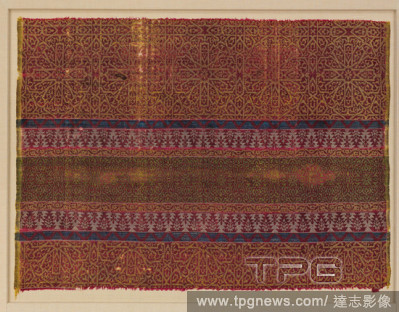
Editorial Fragments of a Panel, 15th century, Attributed to Spain, Silk; lampas, Textile fragment a: H. 23 5/8 in. (60 cm), Textiles-Woven, These square textile fragments are made up of several horizontal bands which are ornamented with geometrical interlaced cr...
- 2019-12-17
- 1

Editorial The Alhambra. 14th Century. Nasrid period. Mexuar. Initiated by Abu-LWalid Isma'il and rebuilt by Yusuf I and Mohammad V, between 1333 and 1391. Granada. Andalusia. Spain.
- 2019-08-02
- 1

Editorial The Alhambra. Moorish. Nasrid dynasty. Ladies Tower. Royal Palace. 14th century. Partal Garden. Granada. Andalusia. Spain.
- 2019-07-16
- 1

Editorial Islamic Art. Spain. 14th century. Nasrid era. The Alhambra. Plastering stucco decoration that adorns the Hall of the Two Sisters with inscriptions on the Quran and verses of Ibn Zamrak and other Arab poets. Granada. Andalusia.
- 2019-07-16
- 1
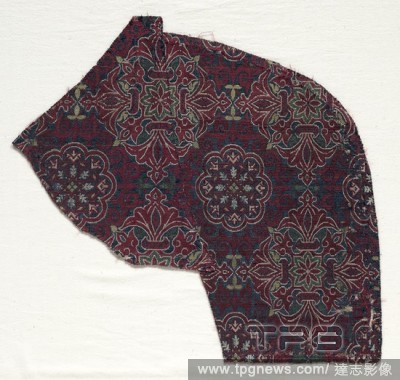
Editorial Lampas fragment with foliate medallions, 1300-1499. Spain, Granada, Nasrid period. Lampas: silk; average: 36.8 x 21.6 cm (14 1/2 x 8 1/2 in.).
- 2019-04-01
- 1

Editorial Qur'an Manuscript Folio (Verso), 1200s-1300s. Spain, Nasrid Period, 13th-14th century. Ink, gold, and color on parchment; sheet: 52.7 x 55.4 cm (20 3/4 x 21 13/16 in.); text area: 46.5 x 44 cm (18 5/16 x 17 5/16 in.).
- 2019-04-01
- 1
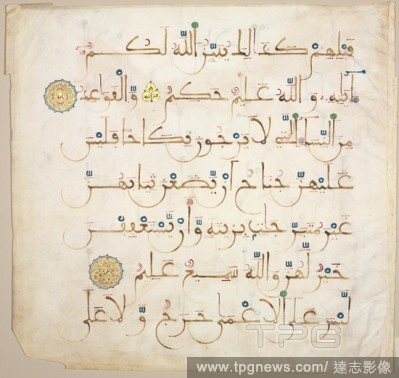
Editorial Qur'an Manuscript Folio (recto), 1200s-1300s. Spain, Nasrid Period, 13th-14th century. Ink, gold, and color on parchment; sheet: 52.7 x 55.4 cm (20 3/4 x 21 13/16 in.); text area: 46.5 x 44 cm (18 5/16 x 17 5/16 in.).
- 2019-04-01
- 1
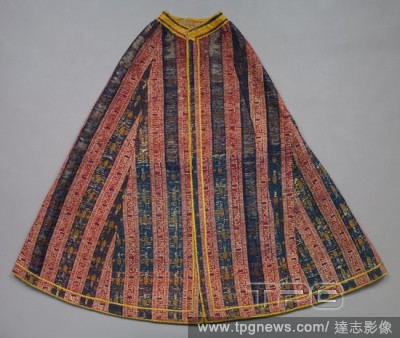
Editorial Striped silk mantle for a statue of the Virgin, late 1400s to 1500s. Spain, Granada, Nasrid period. Lampas: silk; average: 104.2 x 215.9 cm (41 x 85 in.).
- 2019-04-01
- 1
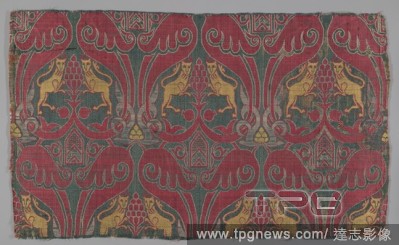
Editorial fragment.
- 2019-02-11
- 1
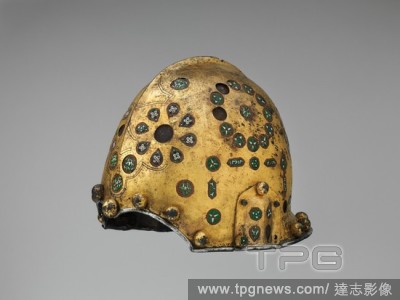
Editorial Helmet (Sallet).
- 2019-02-11
- 1

Editorial Pair of Earrings.
- 2019-02-11
- 1

Editorial Textile Fragment.
- 2019-02-11
- 1

Editorial Textile Fragment.
- 2019-02-11
- 1

Editorial Tile with the Heraldic device of the Nasrid kings, first third of 16th century, Made in probably Seville, Andalusia, Spain, Spanish, Earthenware, impressed and glazed, Overall: 7 1/2 x 4 15/16 x 1 3/8 in. (19 x 12.5 x 3.5 cm), Ceramics.
- 2018-10-11
- 1

Editorial Granada, Andalusia, Spain. The Corral del Carbon (Corral of Coal). Courtyard. It is one of the most important buildings preserved from Granada's Nasrid period. It has had many uses throughout the history. The Corral del Carbon was built in the 16th cen...
- 2018-10-11
- 2
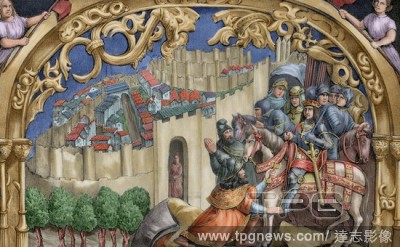
Editorial Boabdil (1460-1527), the last Nasrid ruler of Granada, gives the keys of the city to the Catholic Kings. Lithograph by J. Parra Bachiller reproducing a scene from the choir stalls of the Cathedral of Toledo. Colored.
- 2018-10-11
- 1
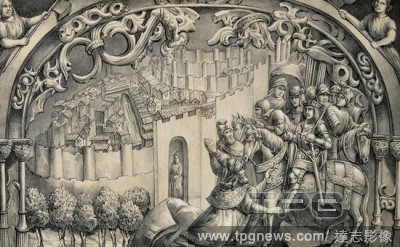
Editorial Boabdil (1460-1527), the last Nasrid ruler of Granada, gives the keys of the city to the Catholic Kings. Lithograph by J. Parra Bachiller reproducing a scene from the choir stalls of the Cathedral of Toledo.
- 2018-10-11
- 1

Editorial Tile with the Heraldic device of the Nasrid kings, first third of 16th century, Made in probably Seville, Andalusia, Spain, Spanish, Earthenware, impressed and glazed, Overall: 7 1/2 x 4 15/16 x 1 3/8 in. (19 x 12.5 x 3.5 cm), Ceramics.
- 2018-08-21
- 1

Editorial fragment.
- 2018-08-09
- 1
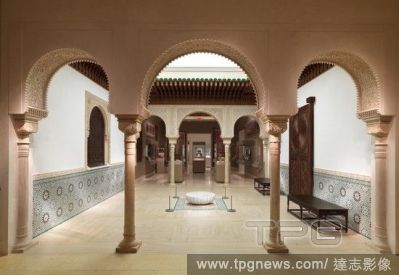
Editorial COLUMN.
- 2018-08-06
- 1

Editorial Textile Fragment.
- 2018-08-06
- 1
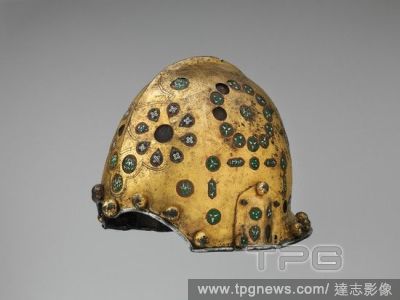
Editorial Helmet (Sallet).
- 2018-08-06
- 1
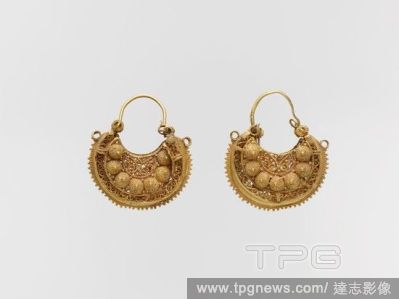
Editorial Pair of Earrings.
- 2018-08-06
- 1
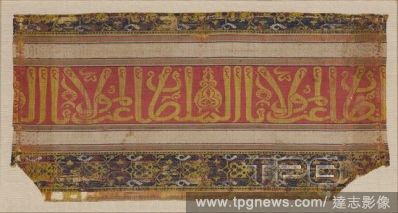
Editorial Textile Fragment.
- 2018-08-06
- 1
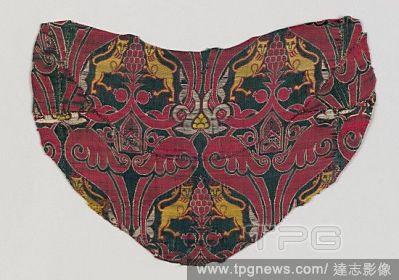
Editorial Fragment, 15th century, Attributed to Spain, Silk; lampas, Textile: H. 10 1/4 in. (26 cm), Textiles-Woven, This silk textile shows pairs of confronting lions on either side of a stylized tree, enclosed by swooping crimson-colored split palmette leaves ...
- 2018-08-03
- 1
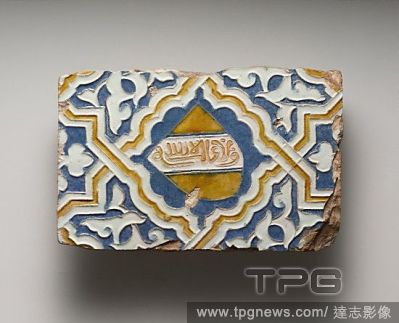
Editorial Tile with the Heraldic device of the Nasrid kings, first third of 16th century, Made in probably Seville, Andalusia, Spain, Spanish, Earthenware, impressed and glazed, Overall: 7 1/2 x 4 15/16 x 1 3/8 in. (19 x 12.5 x 3.5 cm), Ceramics.
- 2018-08-03
- 1
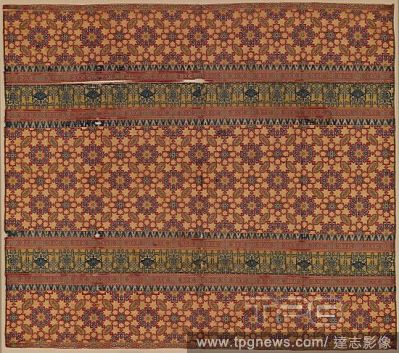
Editorial Textile Fragment, 14th?15th century, Attributed to Spain or North Africa, Silk; lampas, Textile: H. 29 3/4 in. (75.6 cm), Textiles-Woven, Geometric compositions predominate silk textiles of Nasrid Spain (1232?1492) and the contemporaneous Marinid Dynas...
- 2018-08-03
- 1
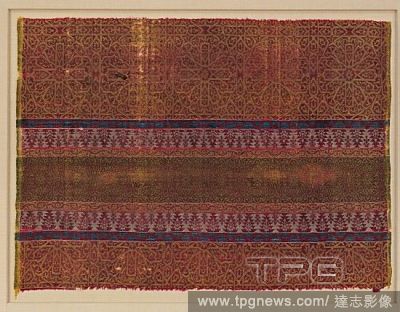
Editorial Fragments of a Panel, 15th century, Attributed to Spain, Silk; lampas, Textile fragment a: H. 23 5/8 in. (60 cm), Textiles-Woven, These square textile fragments are made up of several horizontal bands which are ornamented with geometrical interlaced cr...
- 2018-08-02
- 1

Editorial Islamic architecture. Nasrid era. Palace of the Generalife. Summer residence of the Nasrid monarchs. Patio de la Acequia, with its gardens and fountains. Granada. Andalusia. Spain.
- 2018-08-02
- 1
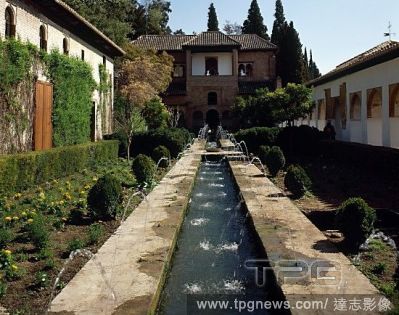
Editorial Islamic architecture. Nasrid era. Palace of the Generalife. Summer residence of the Nasrid monarchs. Patio de la Acequia, with its gardens and fountain1st centuryn the background, the Ismail Tower. Granada. Andalusia. Spain.
- 2018-08-02
- 2

Editorial Granada, Andalusia, Spain. The Corral del Carbon (Corral of Coal). Courtyard. It is one of the most important buildings preserved from Granada's Nasrid period. It has had many uses throughout the history. The Corral del Carbon was built in the 16th cen...
- 2018-08-02
- 2

Editorial Boabdil (1460-1527), the last Nasrid ruler of Granada, gives the keys of the city to the Catholic Kings. Lithograph by J. Parra Bachiller reproducing a scene from the choir stalls of the Cathedral of Toledo. Colored.
- 2018-07-31
- 1
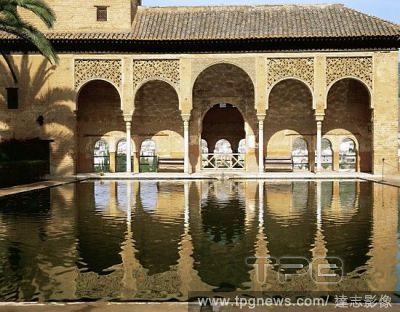
Editorial The Alhambra. Moorish. Nasrid dynasty. Ladies Tower. Royal Palace. 14th century. Partal Garden. Granada. Andalusia. Spain.
- 2018-07-30
- 1

Editorial Boabdil (1460-1527), the last Nasrid ruler of Granada, gives the keys of the city to the Catholic Kings. Lithograph by J. Parra Bachiller reproducing a scene from the choir stalls of the Cathedral of Toledo.
- 2018-07-25
- 1
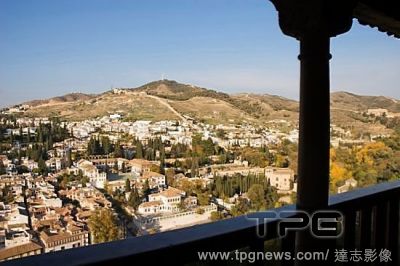
Editorial Balcony in the Nasrid Palaces, Alhambra, Granada. Andalusia, Spain.
- 2018-07-24
- 1
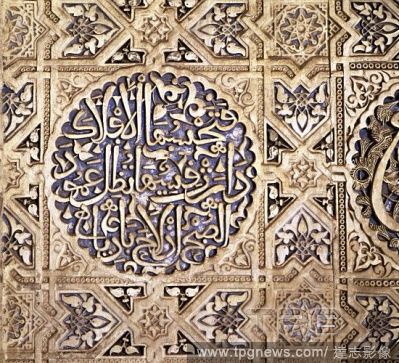
Editorial Islamic Art. Spain. 14th century. Nasrid era. The Alhambra. Plastering stucco decoration that adorns the Hall of the Two Sisters with inscriptions on the Quran and verses of Ibn Zamrak and other Arab poets. Granada. Andalusia.
- 2018-07-23
- 1
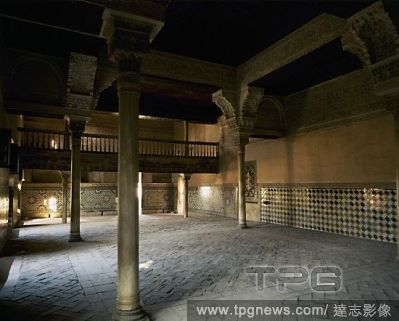
Editorial The Alhambra. 14th Century. Nasrid period. Mexuar. Initiated by Abu-LWalid Isma'il and rebuilt by Yusuf I and Mohammad V, between 1333 and 1391. Granada. Andalusia. Spain.
- 2018-07-23
- 1

Editorial Spanish school. Boabdil (last Nasrid king of Granada) leaving the Alhambra.. Granana, Deputation.
- 2018-07-20
- 1
 Loading
Loading 